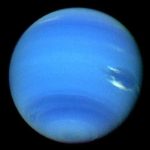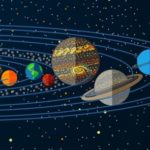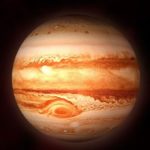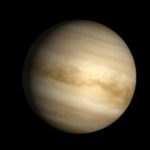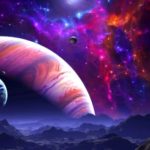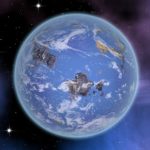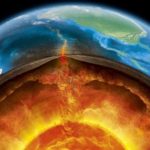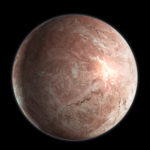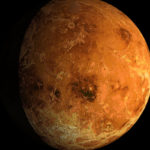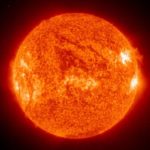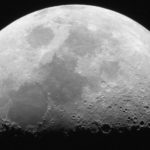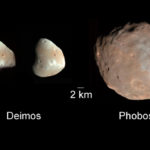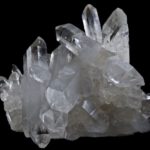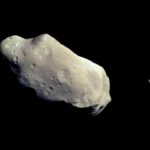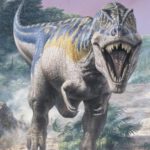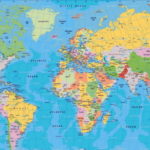Interesting facts about the planet Uranus
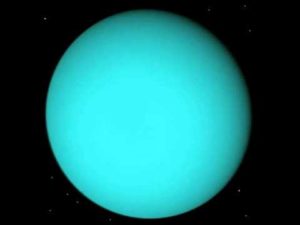 Absolutely little studied and therefore mysterious Uranus is a planet that forces to rack its brains not one generation of astronomers. What is this bluish ice giant? While there is no answer … As long as mankind owns only scanty scraps of information about this mysterious planet.
Absolutely little studied and therefore mysterious Uranus is a planet that forces to rack its brains not one generation of astronomers. What is this bluish ice giant? While there is no answer … As long as mankind owns only scanty scraps of information about this mysterious planet.
The day in Uranus lasts 17 earth hours, and a year – 84 Earth years.
Uranus has 27 satellites.
Up to 80% of Uranus consists of liquids, and in the center of the planet there is a solid core. Uranus refers to the icy giants.
The atmosphere of Uranus consists mainly of hydrogen and helium, with several percent of methane.
Uranus has rings, but not as noticeable and pronounced as Saturn’s.
Uranium was visited by the spacecraft only once.
Uranium rotates around its axis, “lying on its side”, as its axis is tilted by 99 degrees.
From the surface of the Earth Uranus with great difficulty, but can be seen with the unaided eye.
Uranium visually seems blue-green due to the presence of a small amount of methane in the atmosphere.
The strength of the magnetic field in the northern hemisphere of Uranus is ten times greater than in the southern hemisphere.
On the surface of Uranus, monstrous storms are periodically raging, covering an area the size of the North American continent.
Of all the giant planets in our system, only Uranus generates heat less than it receives from the Sun.
The largest satellite of Uranus is Titania, its diameter is about half the diameter of the moon.
The atmosphere of Uranus is the coldest known, its temperature is about -224 degrees Celsius.
In the entire solar system, only Uranus and Venus rotate around their axis from east to west.
The rings of Uranus were discovered only in 1977.
The mass of Uranus is almost fifteen times the mass of the Earth.
Sunlight takes about three hours to reach Uranus.
Uranus has a cold inner core.
Most of the satellites of Uranus were discovered in 1986 during the passage of the space vehicle Voyager 2 past him.
Uranus is the least studied planet in the solar system.
